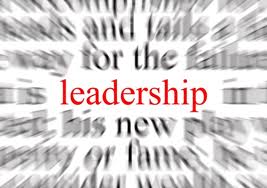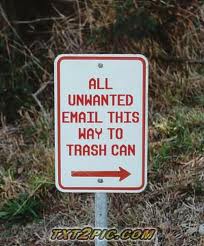 Welcome to O.D. Fridays at DonorDreams blog. Every Friday for the foreseeable future we will be looking more closely at a recent post from John Greco’s blog called “johnponders ~ about life at work, mostly” and applying his organizational development messages to the non-profit community.
Welcome to O.D. Fridays at DonorDreams blog. Every Friday for the foreseeable future we will be looking more closely at a recent post from John Greco’s blog called “johnponders ~ about life at work, mostly” and applying his organizational development messages to the non-profit community.
Today, we are talking about one of the most important things that your organizations must do if it wants to achieve its mission and vision of the future. We are talking about “minding the gap,” which is something John talked about in terms of strategic planning.
At the foundation of every good strategic plan (or any plan for that matter) is “gap analysis,” which John summarizes well when he says:
“Which is a pretty fancy way of saying that the team spends some time comparing the current situation with the future state. Comparing actual performance with potential performance. Comparing current capabilities to projected capabilities.”
When I read this, my mind wandered to the countless evaluation sessions and SWOT exercises in which I’ve participated and facilitated throughout the years. However, I then read this in John’s post . . .
“The team doing the gap analysis rarely delivers the plans necessary to actually bridge the gap and achieve the future state. Look; it’s not that the team is a bunch of do nothing know nothing stiffs. Far from it; they are very often strong contributors, hand-picked for the job — logical, analytical; detail oriented, project planners and operational executioners. Without them, the current state would be nowhere near as good as it is.”
 Now this stopped me cold in my tracks on a Friday morning because it is a powerful and true statement. It also made my brain hurt because it raises all sorts of questions that are difficult to contemplate on only 1/2 cup of coffee such as:
Now this stopped me cold in my tracks on a Friday morning because it is a powerful and true statement. It also made my brain hurt because it raises all sorts of questions that are difficult to contemplate on only 1/2 cup of coffee such as:
- Who do you involve in your gap analysis?
- How do you assess who those right people are when building your prospect list?
- How do you keep the gap assessment from feeling like a judgement on your current team?
- Are there different groups who mind different gaps in your organization? For example, who is minding the program/operations gap? The board governance gap? The fundraising gap?
- What role should donors play in minding the gap? How can we get over our fears around exposing donors to the data that comes out of minding the gap? (Ditto these questions for board members as it relates to staff and programming)
So, here is the take away for me this morning . . .
Spend lots of time getting the “WHO” right,
when it comes to gap assessment and planning.
If you get this wrong, then it will likely haunt you for years and years to come.
Do you have any strategic planning stories that you would like to share about how you determined who the right people were and put them in the right seat of your strategic planning bus? Please share your experiences in the comment box below.
Here’s to your health!
Erik Anderson
Founder & President, The Healthy Non-Profit LLC
www.thehealthynonprofit.com
erik@thehealthynonprofit.com
http://twitter.com/#!/eanderson847
http://www.facebook.com/eanderson847
http://www.linkedin.com/in/erikanderson847






















